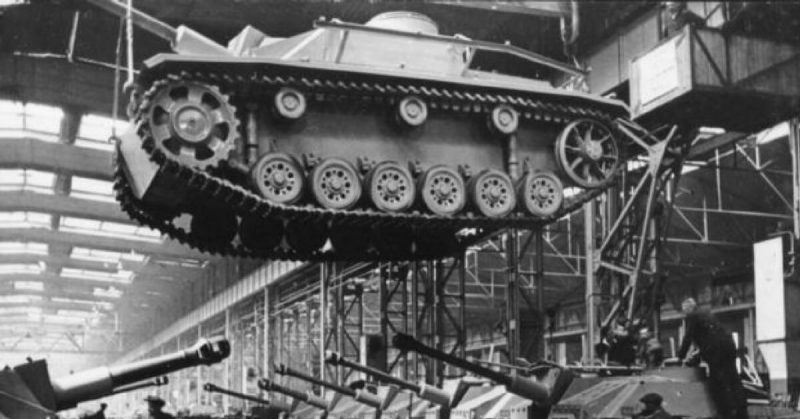The Sturmgeschütz III was most definitely one of the most iconic tank destroyers of WWII. Contributing to the cult status of StuG was the fact that it was the most produced armored fighting vehicle of Nazi Germany.
Based on a chassis of the mass produced Panzer III, the Sturmgeschütz III (hence the mark) overwhelmed the European fronts, numbering more than 10,000 units. The design did not include a turret, which made its production much easier.
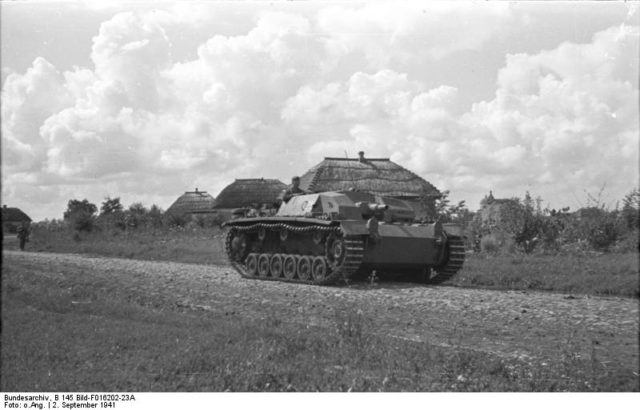
Its name meant “assault gun.” It had gone through several modifications by the end of the war, as it was constantly upgraded and improved.
Following the invasion by Germany of the USSR in 1941, Hitler realized he could not rely on the inadequacy of the Red Army for long. The Soviet KV tanks and the T-34 had proven to be tough opponents. Their armor withstood hits from most of the early German Panzers.
Initially, the StuG III was intended as an infantry support armored light gun vehicle. The idea was conceived after WWI. It was deemed necessary to have a mobile artillery piece following an infantry charge in order to react quickly in removing obstacles such as pillboxes and bunkers.
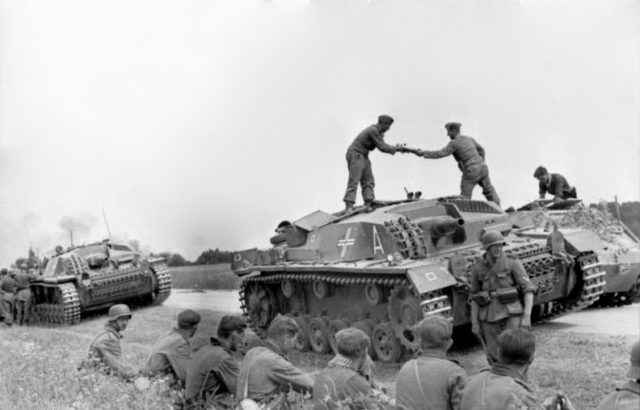
The father of the Assault Artillery concept, or the Sturmartillerie, was the celebrated general of the Wehrmacht, Erich von Manstein. The tactics used in the Great War were considered obsolete by the time of WWII. StuG III, therefore, assumed another role as an effective tank destroyer. It could tackle even the toughest Soviet armor in the period between 1941 and 1943.
The 75 mm StuK 37L/24 gun mounted on the first versions was a powerful weapon indeed. The lack of a turret made the silhouette low, making it a perfect weapon for ambushes and defense efforts. Its armor was between 16–80 mm (.62 – 3.15 in) thick, providing decent protection for the crew of four.
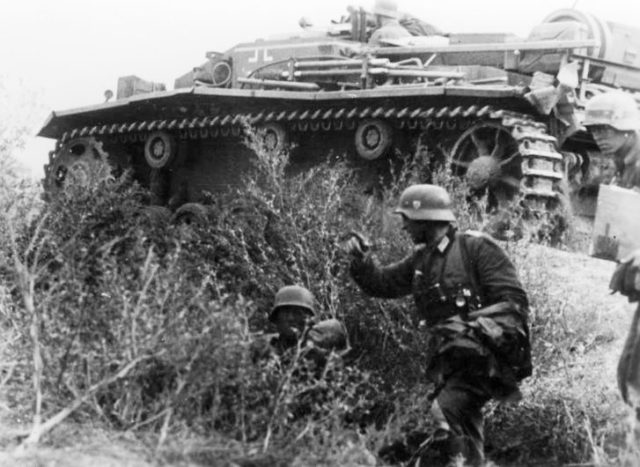
Although the turretless design had its advantages, a major setback was its lack of mobility. The initial versions did not have a built-in machine gun. The StuG proved to be vulnerable in close combat against infantry, as its crew had problems with visibility. Nevertheless, it participated in numerous conflicts on the Eastern Front as the backbone of German tank destroyer units.
In 1943, the chassis of Panzer IV was adapted to house the slightly longer 7.5 cm StuK 40 L/48 gun. By then the RAF was extensively bombing the Reich’s production facilities. Only the StuG IV was produced and in much smaller numbers.
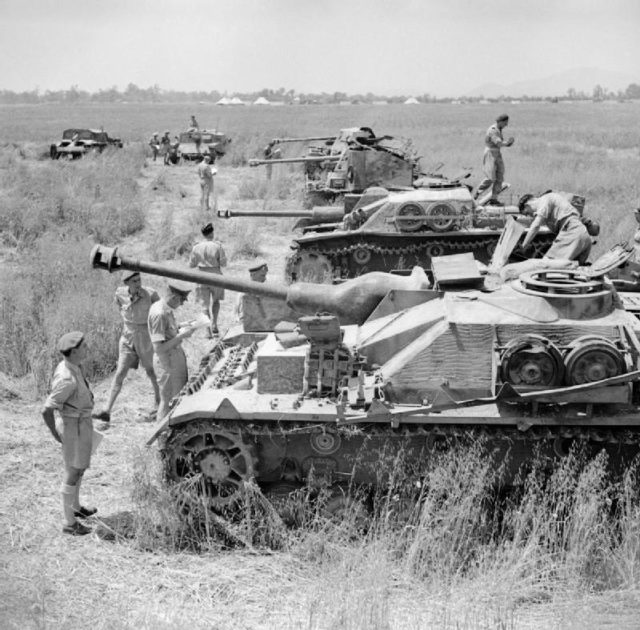
As the war was coming to an end, the StuG III and IV began to replace their Panzer counterparts. Their production was cheaper and faster than that of regular tanks.
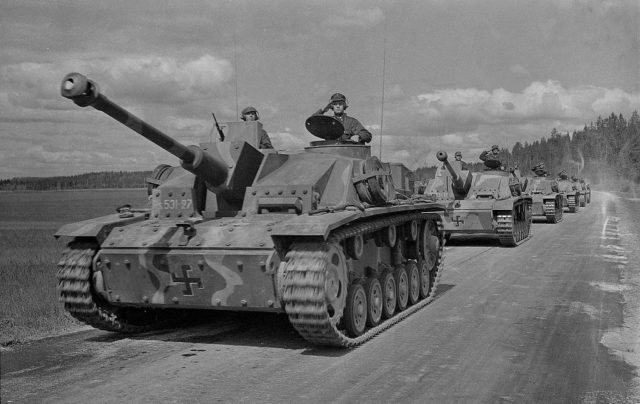
StuG served in a number of Axis armies, including Romania, Bulgaria, Hungary, Italy and Finland. After the war, in the 1950s, the Soviet Union donated some of the captured StuG vehicles to the newly formed Syrian Army. They later saw action in conflicts such as the “War over Water” with Israel in 1964.
